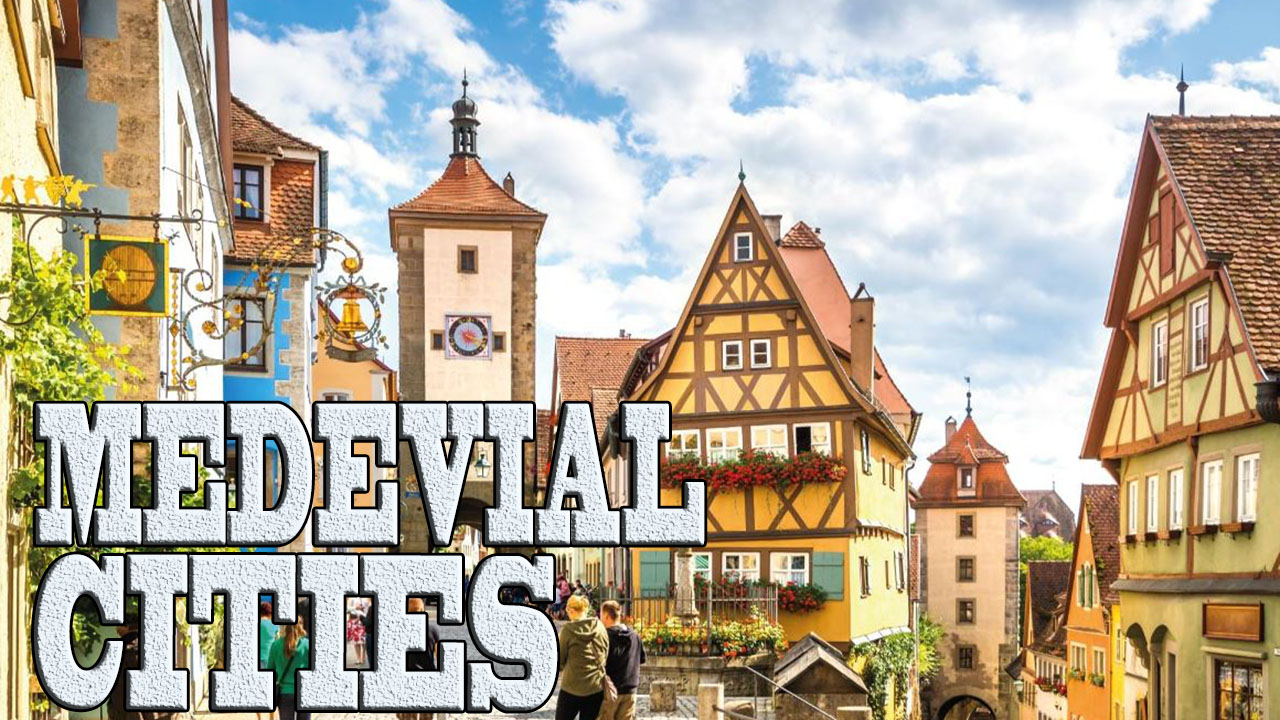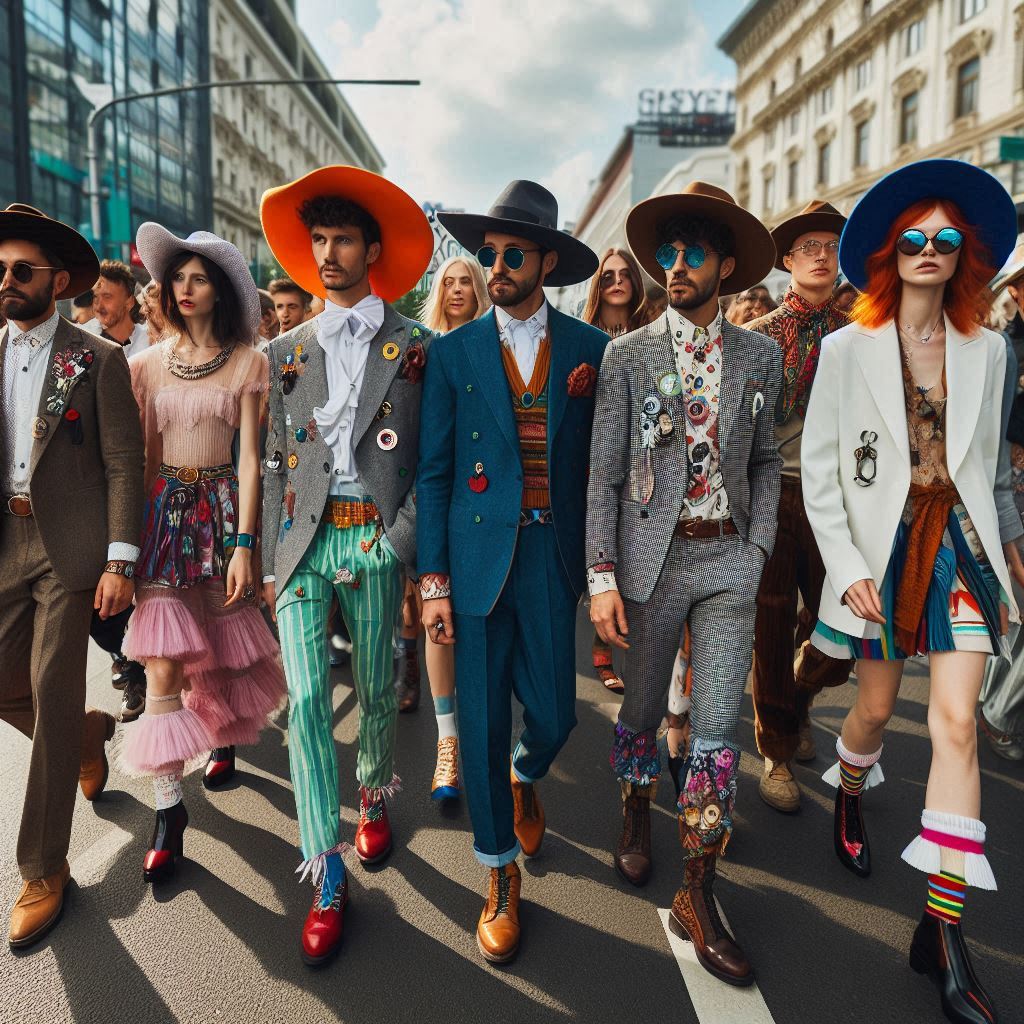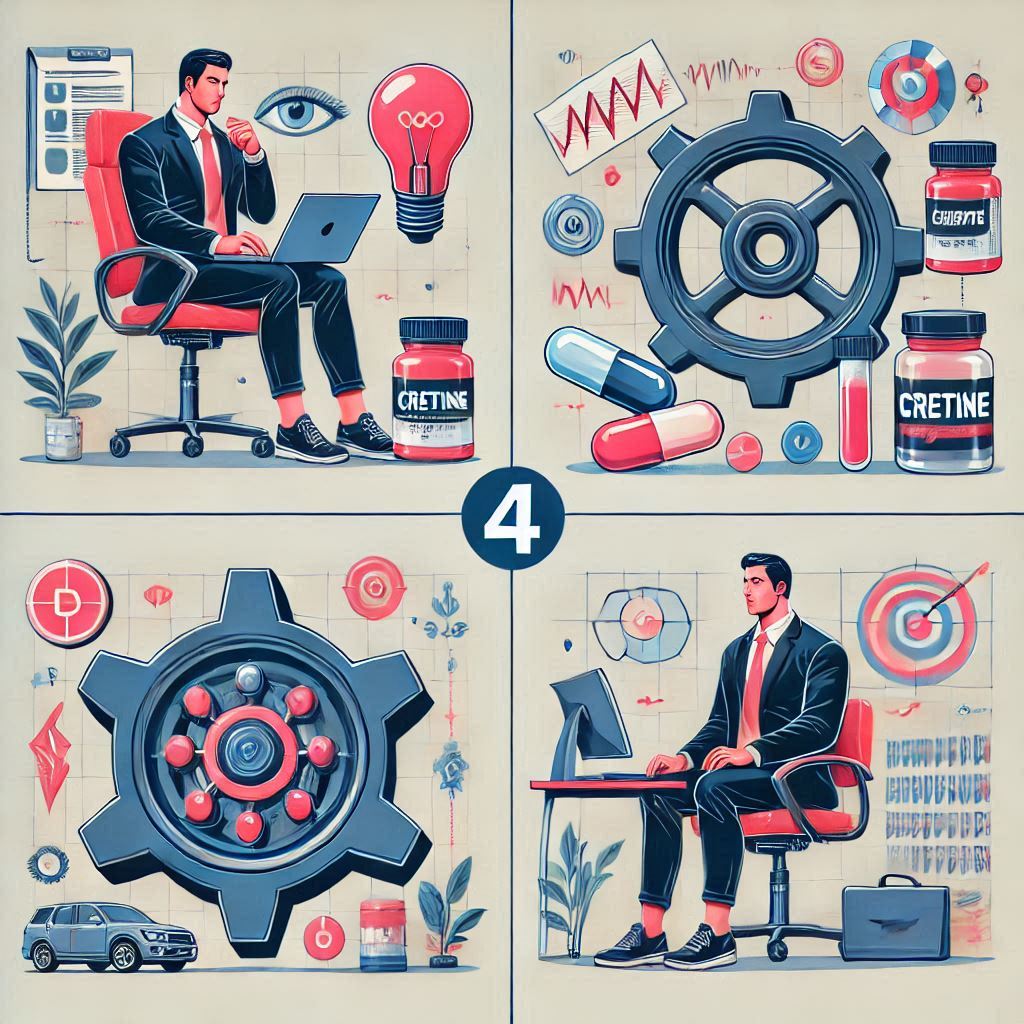
The field of artificial intelligence has made remarkable strides in recent years, particularly in the realm of image processing and enhancement. AI-powered image enhancement tools are revolutionizing the way we approach photo editing, restoration, and manipulation. These cutting-edge technologies are not only simplifying complex editing tasks but also pushing the boundaries of what's possible in digital imagery.
Real-Time Super-Resolution
One of the most impressive advancements in AI image enhancement is real-time super-resolution. This technology allows for the upscaling of low-resolution images to higher resolutions with remarkable clarity and detail. Unlike traditional upscaling methods that often result in blurry or pixelated images, AI-powered super-resolution uses machine learning algorithms to intelligently fill in missing details, creating crisp, high-quality images from lower-quality sources. This innovation has significant implications for various industries, from entertainment and gaming to security and medical imaging.
Advanced Noise Reduction
AI-driven noise reduction algorithms have taken a quantum leap forward. These tools can now differentiate between image noise and fine details with unprecedented accuracy. By analyzing the context and patterns within an image, AI can selectively remove noise while preserving and even enhancing important details. This results in cleaner, sharper images, even in challenging low-light conditions. Photographers and videographers are particularly benefiting from this technology, as it allows for higher-quality captures in less-than-ideal lighting situations.
Intelligent Color Correction and Enhancement
Color correction and enhancement have been transformed by AI. Modern tools can analyze the color composition of an image and make intelligent adjustments to improve overall color balance, contrast, and vibrancy. These AI systems can even recognize specific objects within an image and apply targeted color enhancements. For instance, they can identify skin tones and apply appropriate corrections without affecting other elements in the photo. This level of precision and automation is streamlining the workflow for professional editors and making advanced color grading accessible to amateurs.
AI-Powered Object Removal and Scene Completion
The ability to remove unwanted objects from images and seamlessly fill in the gaps has been significantly improved by AI. These tools can now analyze the surrounding context of an object to be removed and generate realistic fill content that matches the scene's lighting, texture, and perspective. This technology goes beyond simple content-aware fill tools, offering more natural and convincing results. It's particularly useful for removing photobombers, cleaning up cluttered backgrounds, or even altering the composition of a photo after it's been taken.
Automated Portrait Enhancement
AI has revolutionized portrait enhancement with tools that can automatically detect and improve facial features. These systems can subtly adjust aspects like skin smoothing, eye brightness, and facial contours while maintaining a natural look. More advanced versions can even alter expressions, change hairstyles, or add makeup effects. While these capabilities raise ethical considerations about image manipulation, they're also opening up new creative possibilities for photographers and digital artists.
Style Transfer and Artistic Filters
AI-powered style transfer tools have evolved from simple filters to sophisticated systems that can apply the stylistic elements of one image to another. These tools can analyze the artistic style of a painting or photograph and apply those characteristics to a different image, creating unique and often stunning results. This technology is blurring the lines between photography and digital art, offering new avenues for creative expression.
Conclusion
The latest innovations in AI image enhancement tools are transforming the landscape of digital imagery. From improving image quality and correcting imperfections to enabling new forms of creative expression, these technologies are empowering both professionals and enthusiasts to achieve results that were once thought impossible. As AI continues to evolve, we can expect even more groundbreaking advancements in image processing, further expanding the possibilities of visual media creation and manipulation.











